
As summer beckons, the desire for somewhere to rest and admire our horticultural triumphs comes into sharp focus. At such a time, what could be more fitting than a garden seat wrought with passion flowers, or threaded with lily of the valley, ferns, or blackberries? Even convolvulus can be welcomed if cast in iron, rather than rampaging through the roses.
It's thanks to Coalbrookdale that gardeners today have this array of attractive and robust cast-iron furniture at their disposal. The pioneering company was the brainchild of Abraham Darby I (1678-1717) who, in 1709, took over a derelict foundry in Coalbrookdale, a village crouched in a Shropshire gorge, with coal mines set into the side of the valley.
To begin with, Darby focused on the manufacture of high-grade engineering components and utilitarian cooking pots and kettles, cutting production costs by using coke rather than charcoal to fuel his blast furnace.
By the 1770s, having perfected the technique, the foundry-now run by Abraham Darby III (1750-1789) was also producing cast-iron rails for railways and, in 1779, made the Iron Bridge over the River Severn. It was the world's first bridge made entirely from iron and is now a recognised UNESCO World Heritage Site.
The company's heyday came in the 19th century, after Abraham III's sons, Francis and Albert, joined the company and decided to push the boundaries further, venturing into the manufacture of decorative items for the garden.
Over the following decades, some of the leading designers and sculptors of the age were enlisted, including Alfred Stevens, Dr Christopher Dresser, John Bell and Joseph Kershaw.
This story is from the {{IssueName}} edition of {{MagazineName}}.
Start your 7-day Magzter GOLD free trial to access thousands of curated premium stories, and 9,000+ magazines and newspapers.
Already a subscriber ? Sign In
This story is from the {{IssueName}} edition of {{MagazineName}}.
Start your 7-day Magzter GOLD free trial to access thousands of curated premium stories, and 9,000+ magazines and newspapers.
Already a subscriber? Sign In
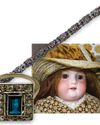
Lisa Coppin
The Cotswold Company’s chief creative officer shares the pieces that mean so much to her

TRAVEL
Six of the best pineta, plus a festive trip to Covent Garden. Review of The Orange, Belgravia by Katie Pike, travel stories
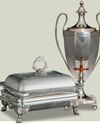
OLD SHEFFIELD PLATE
Stumbled upon by chance, this ingenious material was a more affordable option than solid silver, and well-preserved examples are particularly desirable today
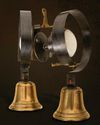
Merrily on high
Summoning servants since the 1700s, bell boards create instant English country-house style (even if you don't have any servants). Emma Longstaff dons her pinny
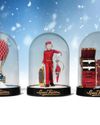
Let it snow
Nostalgic, magical and highly collectable, snow globes are curious objects of wonder that never fail to instil joy
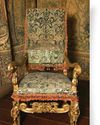
Velvet Crush
Once the preserve of the wealthy, velvet finally touched all levels of society, thanks to advances in its production process

Celebrating in the Stable
Antiques dealer Julia von Hülsen specialises in Gustavian pieces - all of which look perfectly placed in her German home
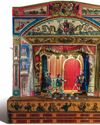
THE SHOW MUST GO ON
Victorian toy theatres charming and exquisitely designed miniature worlds have inspired theatre royalty for decades. Today, the tradition is being kept alive by a small but talented network of makers
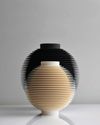
NICHOLAS LEES
The ceramic artist talks to Dominique Corlett about new ways of working with clay and blurring the edges of solid objects
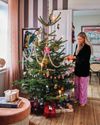
Candy CHRISTMAS
Pastel hues, vintage decorations and bowls of sweet treats: the festive run-up is gloriously joyful at Bettina Færgeman's historic Copenhagen apartment, where there's an emphasis on entertaining...